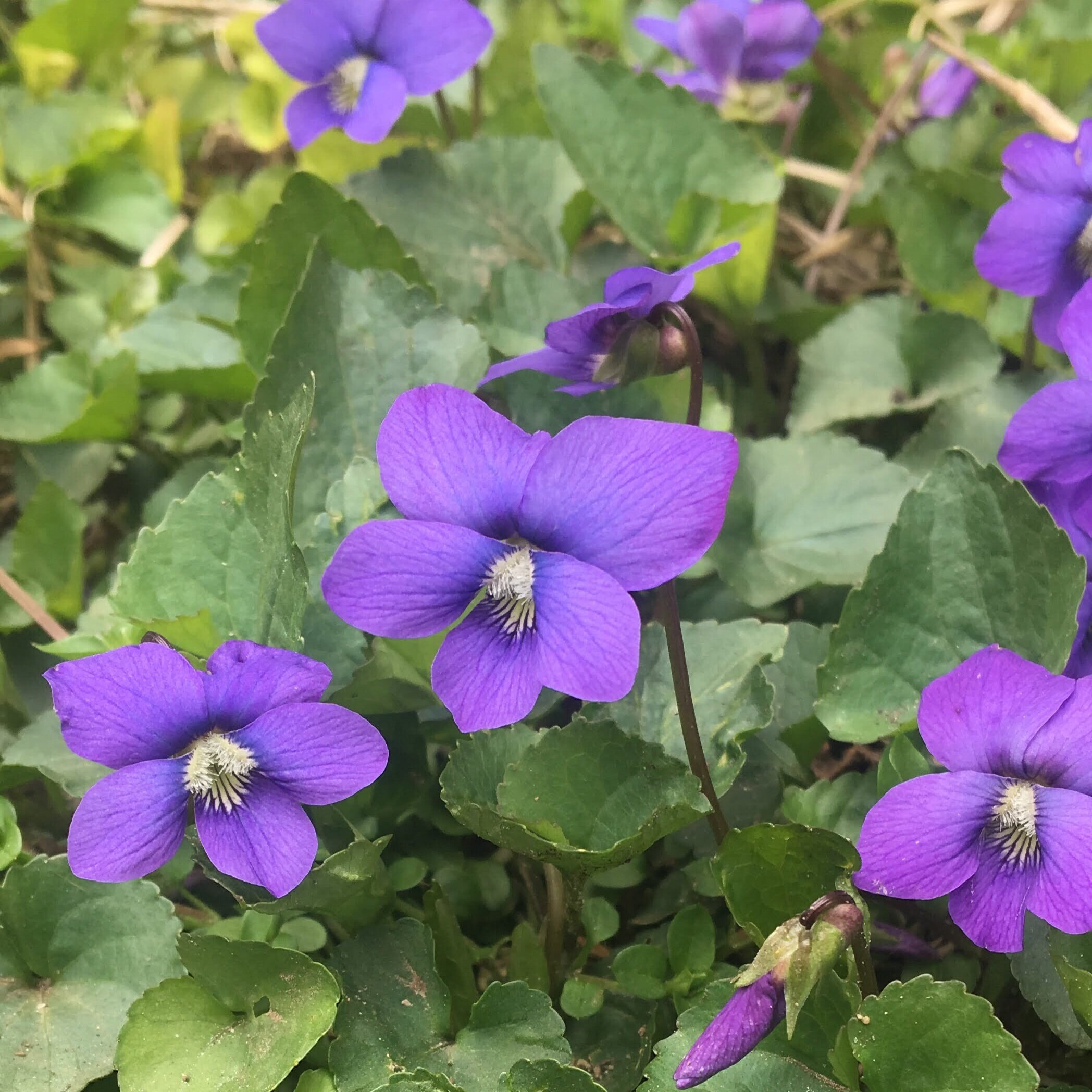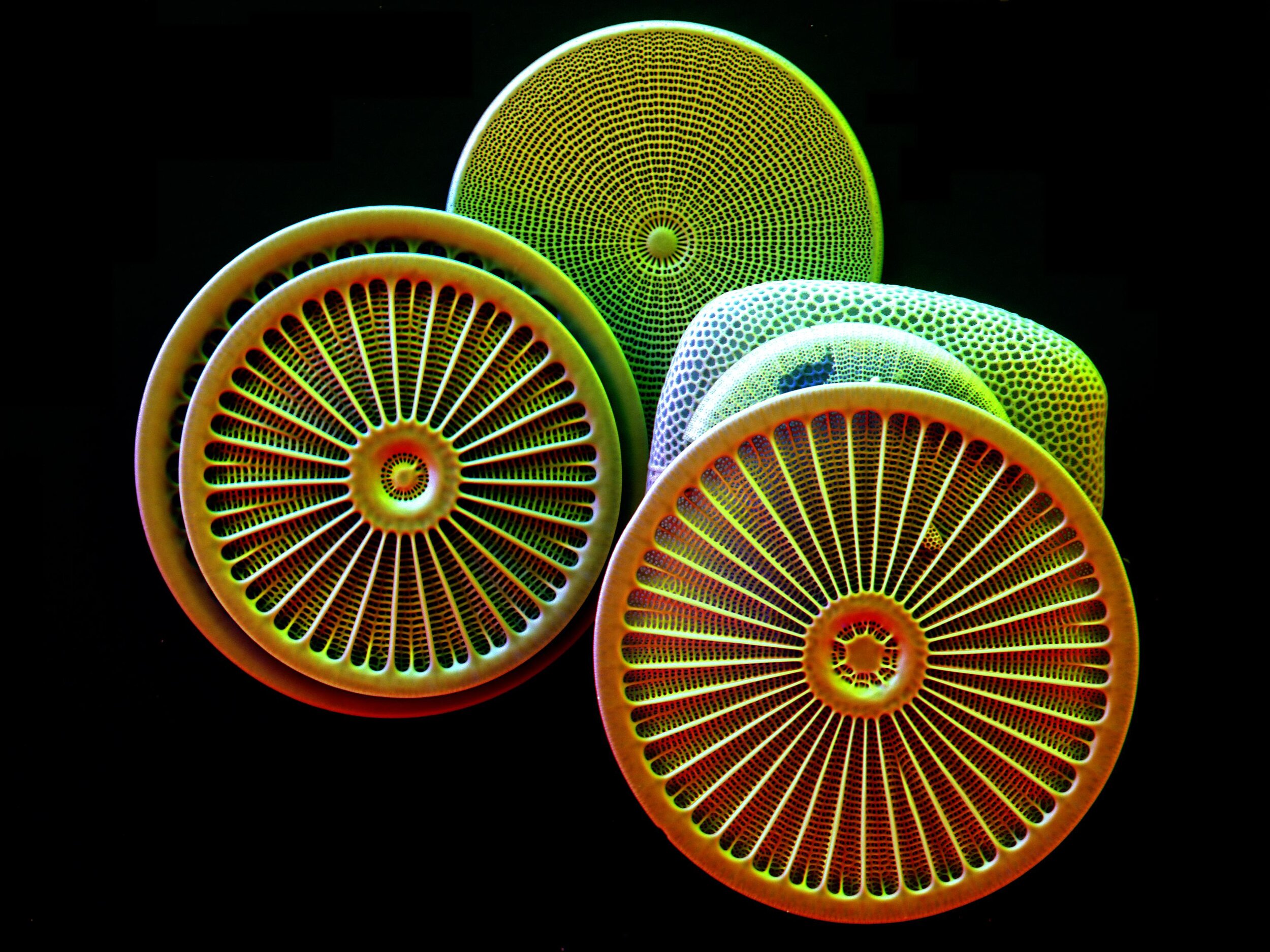What is a flower?
One of the best parts of spring is the flowers. Flowers were my gateway into loving plants, botany, and ecology. In a different life, I was in graduate school in Ann Arbor, Michigan, to become an architect. People do a great job with their gardens in Ann Arbor, and looking at the creative combinations of plants in the small front yards filled me with energy. I began harvesting seeds from flowers overhanging the fences of gardens I passed. One day, a kind classmate gave me a ride home in his immaculately clean car. As I lifted my bag from the car, the seeds I had stashed in a side pocket spilled out all over the floor. I scraped them up quickly with embarrassed apologies for the mess, but inside I was equally concerned with the damage to my seed collection. I began borrowing horticulture encyclopedias from the library to learn the names and identities of garden plants. I liked knowing their seasons and properties, and the scientific names felt like magical incantations in my mouth.
Back to the present, we have had a spate of spring flowers with magical names: blue bells, hyacinth, narcissus, meadow rue, azaleas, and now blooming roses, rhododendrons, irises, and personal favorites: peonies and clematis. Flowers bring color and structure to our yards and joy to our hearts, but what is a flower? Like everything else, flowers have cultural and aesthetic significance, but I want to look at flowers under a botanical lens.
A flower, in the words of James Brown, is a sex machine. Flowers are composed of reproductive parts and some accessories to make new new baby plants. Flowers are the defining feature of angiosperms, the largest group of plants in existence today. Angiosperms are plants that use flowers in reproduction, as opposed to other groups of plants such as conifers, which have cones, or ferns that produce spore in the brown dots on the underside of leaves.
Flowers are composed of a few typical components. The female parts are collectively called the carpels, and the male parts are stamens. The stamens make pollen to carry the male gametes, or sperm. Stamens are typically composed of anthers at the end of stalks, known as filaments. The carpels hold ovules (female gametes, or eggs), receive pollen, and hold the developing embryo after fertilization. The tip of the carpel, where pollen first lands, is called the stigma. Pollen travels down a tube, called the style, into the ovary, where the ovules are arrayed.
A major barrier to plant sex is their lack of mobility. They can’t move to each other, so many flower features, from their beautiful petals to their amazing aromas, are pollination strategies that get the male and female gametes from different plants together.
Flowers have become objects of cultural fascination due to their accessories that attract pollinators. The colorful, flappy bits of flowers are petals. The whole package is wrapped, then framed and presented by protective leaves, known as sepals. The colorful, textured petals and sepals put on a show to attract pollinators like bees, butterflies, and birds. The visual cues are lost in the dark, so odors help draw in the nocturnal crowd. The heavy scent of some flowers attracts animals like bats and moths that are active at night.
Many flowers produce a sugary syrup, known as nectar, for pollinators to drink. This makes flowers an important food source and is a main reason why animals visit flowers in the first place. The nectar is often located deep in the flower so the pollinator must stick its head in to drink, getting dusted with pollen in the process. The animal then carries this pollen on to the next flower it visits and helps pollinate the plant species. This process leads to genetic diversity in the plant by carrying pollen out to other individuals rather than leaving flowers to self pollinate.
A basic diagram of the parts of a flower
You may have know some of that from science class. However, there are endless variations on the theme of flowerhood, and more arrangements between flower and pollinator than you can imagine. The fun comes in looking at real flowers to see how the basic parts of a flower are formed in different ways across species.
The patterning on petals, as on the rhododendron below, provide a guide for pollinators toward the nectar source. Each of these flowers has ten stamens, with yellowish anthers at the tip. The anthers are split down the middle like a hot dog bun. In the flower on the left, the carpel is at the bottom of the cluster of stamens, strongly upturned, with a dark tip, or stigma. This flower is conveniently like the diagram.
Rhododendron, Rhododendron catawbiense cultivated variety
On this wild geranium, the orange style and stigma is surrounded by eight stamens. The anthers are dusty black at the end of white filaments. The stigma is rounded off and closed. To the right of the full bloom is a flower whose petals have dried up and dropped off. Only the green sepals, like Kermit the Frog’s collar, and the carpel remain. The stigma is opened up like a star.
Wild geranium, Geranium maculatum
In these violets, the white and dark stripes lead toward the center of the flower and the nectar. Nectar is secreted into the back of the flower so that pollinators have to get all the way in for their prize, increasing the chances of pollination in the process.
The state flower of New Jersey, Illinois, Wisconsin, and Rhode Island: common blue violet, Viola sororia
When you spread the petals open you get a surprise! This rocket-looking structure is a combination of carpels and stamens. The pale green tip with three points is the stigma. The stamens are fused and form a solid ring around the carpel. I assume the orange part is the anthers.
These spring beauties, below (yes, that is the actual name of this flower) have both stamens and carpels visible, but they are using a scheduling strategy to avoid self-pollination. The lower flower has five fresh stamens with pink anthers, but no female parts evident. In the top flower, you can see the five anthers, but they have wilted and are lying back against the petals. The stigma of the top flower is wide open to accept pollen. It looks like a white and pink starfish with three arms. Each flower has both male and female parts, just not at the same time. By staggering the timing of the blooming of anthers and carpels on a given flower, the flower avoids pollinating the itself.
Spring beauties, Claytonia virginica
Some flowers, like clover, are composed of many separate small flowers. If you look closely, you will see that a clover flower is more like an entire bouquet. Each small flower has all of the basic flower parts: sepals, petals, stamens, and carpels. The botanical name for flowers that grow together in a bunch like this is an inflorescence.
White clover, Trifolium repens
Flowers don’t always have gorgeous, showy petals. Below are the flowers of fringed sedge. They don’t have to have attractive petals because they aren’t trying to attract a pollinator. Instead, they are wind pollinated. Many trees and grasses are wind-pollinated. They produce tons of pollen and just release it into the air. You often get to participate in this process via spring allergies. The stigmas of these species are often feathery or sticky to help them catch the pollen as it floats by on the air.
When looking at the flowers of wind-pollinated plants, you have to redefine your expectations of what a flower should look like. The flower is a reproductive structure, so wherever you find carpels and stamens, you have found a flower—even if it doesn’t look like the flowers in your imagination.
Fringed sedge, Carex crinita
Lurid sedge, Carex lurida
In both of the sedges above, the male and female parts are on totally separate stems. The female parts are the green caterpillar-looking structures. The three white “fingers” of the stigmas are especially visible on the lurid sedge at the end of each small green spike. The male flowers are stems covered with brownish anthers to the left of the female flowers.
On this foxtail grass, below, the male and female parts are all found on the same flower. The anthers appeared first and have already withered away. The magenta fluff at the tip of each green bulge is a stigma. The stigmas are feathery and fluffy in order to increase the surface area available to catch passing pollen. For a closer look at the tiny structures of foxtail grass flowers, take a look at this web page that shows all of the parts with magnification.
Yellow foxtail grass, Setaria pumila
Now it is up to you. Get out there and look at some flowers. Can you identify the basic parts? Can you speculate on how the flower is pollinated based on the features you can see? Now you have new eyes. I hope this vision brings you delight in the many variations that flowers have made on the basic plan.















